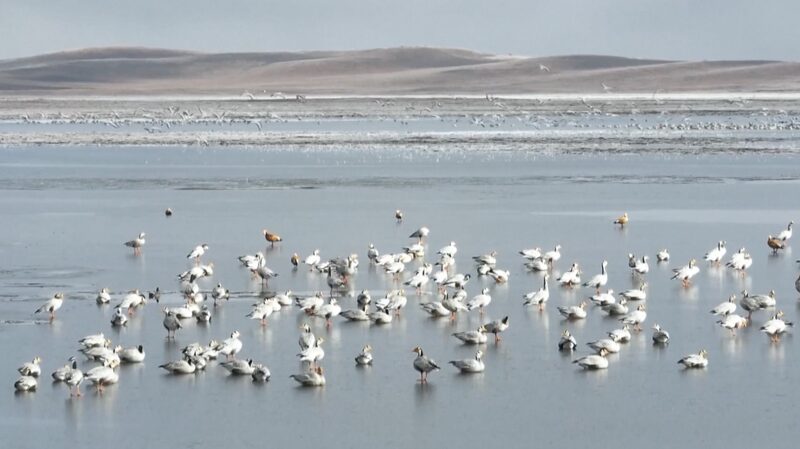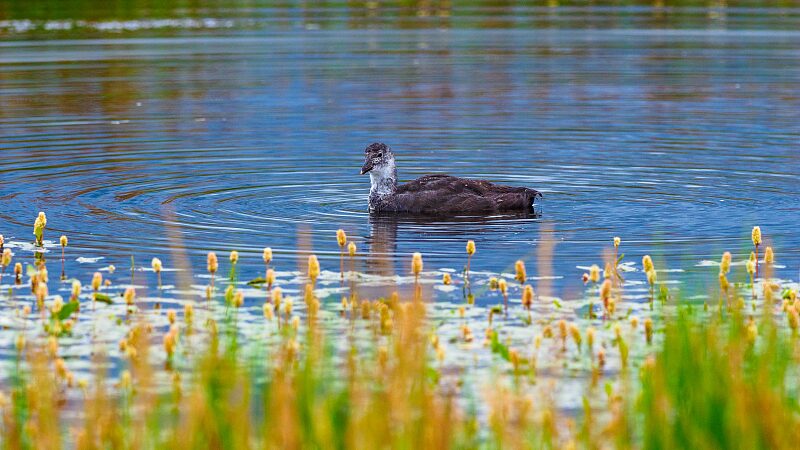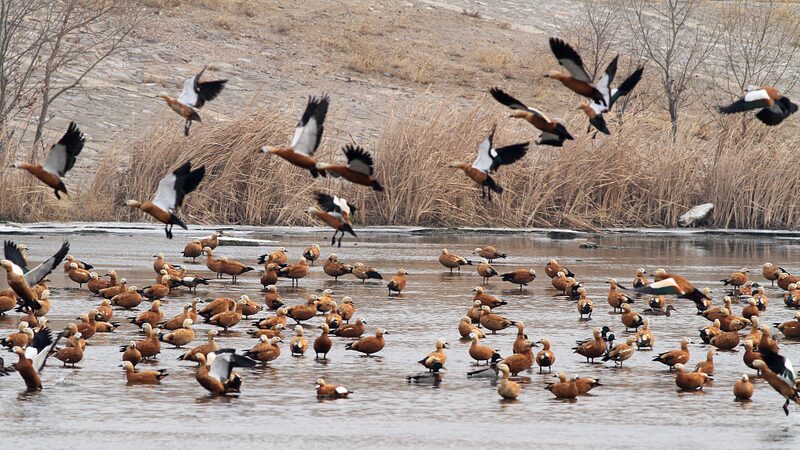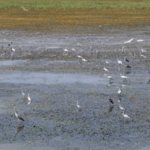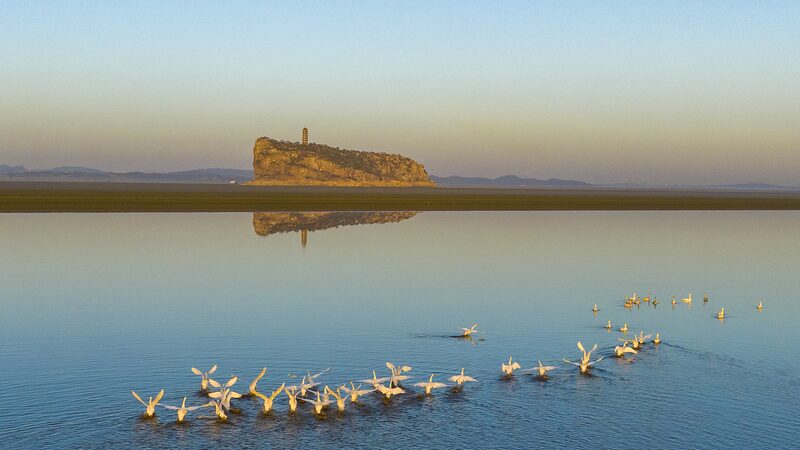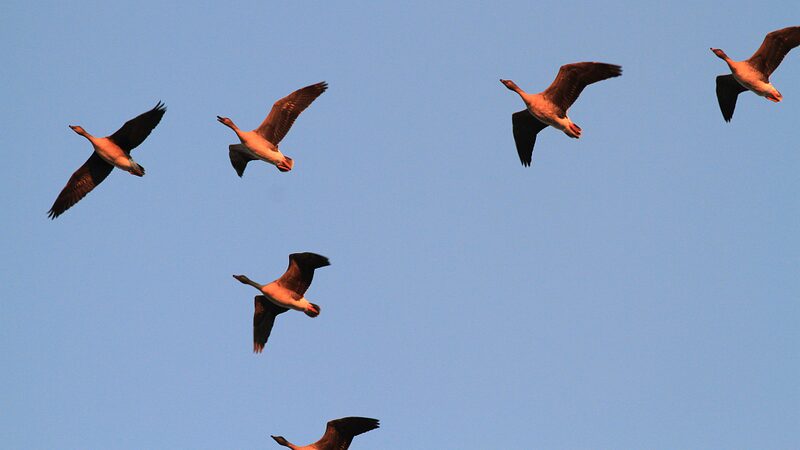As temperatures drop, China’s wetlands are once again teeming with life as flocks of migratory birds arrive to take refuge for the winter season. From the expansive Ruoergai Wetland in Sichuan Province to the serene Poyang Lake in Jiangxi Province, these natural reserves are witnessing an impressive increase in avian visitors, including several endangered species.
At the Ruoergai Wetland National Nature Reserve in southwest China’s Sichuan Province, a diverse array of birds has been spotted, among them the endangered black-necked cranes, bar-headed geese, and ruddy shelducks. Namoju, a scientific research officer with the reserve’s administration, reported significant findings from a recent monitoring exercise.
“We recently conducted a three-day monitoring of black-necked cranes and surveyed migratory waterfowl,” said Namoju. “Focusing on 90 monitoring points across four transects in key activity areas, we observed a total of 15 species of migratory water birds. The number of birds in the reserve is increasing.”
Meanwhile, in the Hanfenghu National Wetland Park in Kaizhou District, Chongqing Municipality, tens of thousands of migratory birds have been seen foraging and frolicking. This park serves as a crucial stopover and wintering site for species such as tufted ducks, pochards, and white-eyed pochards, with more than 20 species of Anatidae birds expected to overwinter there.
Further east, the Poyang Lake Nanji Wetland National Nature Reserve in Jiangxi Province has also become a hotspot for avian activity. Approximately 1,000 oriental white storks, classified as a first-class nationally protected species, have been observed gathering at the reserve.
“Current monitoring shows that both the species and numbers of migratory birds arriving at Poyang Lake have increased compared to last year,” noted Qu Wenjing, a ranger at the Dacha Lake Protection and Management Station within the Poyang Lake National Nature Reserve. “Among them are about 1,000 oriental white storks, primarily distributed in Dacha Lake and several sub-lakes around Changyi Township.”
The influx of migratory birds not only highlights the vital role that China’s wetlands play in global biodiversity but also underscores the importance of ongoing conservation efforts. As these feathered travelers settle in for the winter, researchers and conservationists remain vigilant, ensuring that these sanctuaries continue to provide safe havens for wildlife.
Reference(s):
cgtn.com
